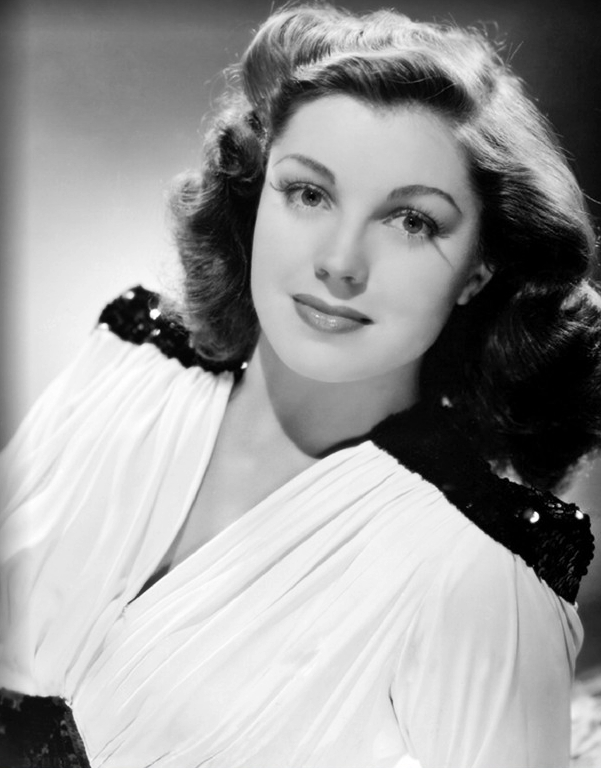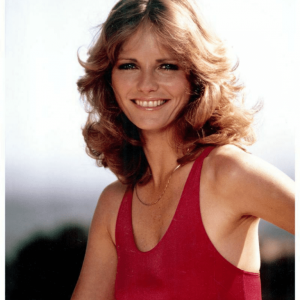Picture a young athlete slicing through the water like a ballerina in motion, then transforming that natural grace into Hollywood magic. That’s Esther Williams—the woman who single-handedly created the aquamusical and turned swimming into an art form. Born on August 8, 1921, in Inglewood, California, she went from breaking national swimming records to dazzling audiences across the globe. Fondly nicknamed “The Mermaid of MGM,” she made every dive and spin a dance of color and light. Though she passed away in 2013, her influence still ripples through both sports and cinema today.
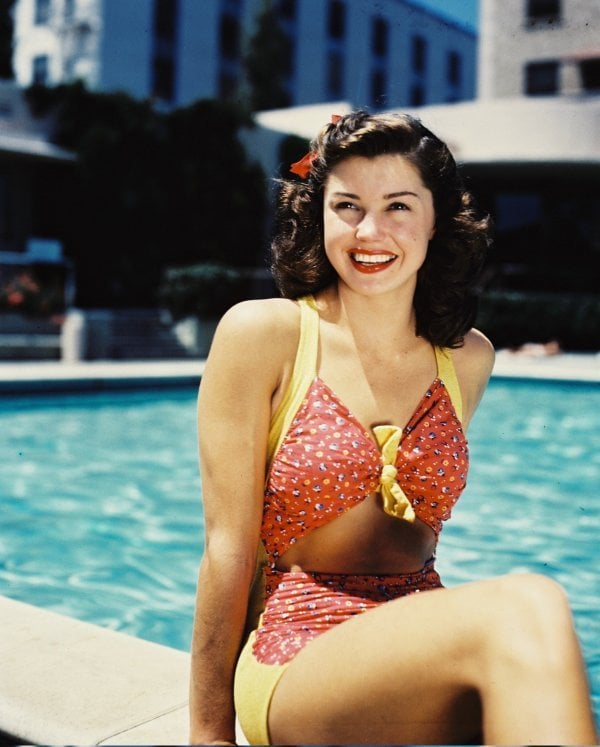
Early Laps Toward Glory
Growing up in Depression-era California, Esther found her first taste of freedom in the water. After the heartbreaking loss of her older brother, swimming became both her sanctuary and her passion. By her teens, she trained at the Los Angeles Athletic Club, quickly breaking national records in freestyle and breaststroke. Her sights were set on the 1940 Olympics, but when World War II canceled the games, destiny nudged her toward an unexpected stage. Opportunity arrived in the form of Billy Rose’s Aquacade water show in San Francisco, and Esther dove in—literally—catching Hollywood’s eye.
Her early victories didn’t just strengthen her muscles; they built the discipline and resilience that would later carry her through the physical and emotional demands of Hollywood. By nineteen, she was already a national swimming champion, laying the groundwork for a career that would blend sport and spectacle like nothing before.
Video : Million Dollar Mermaid Clip: Esther Williams – Annette Kellermann – MGM
Hollywood Discovers Its Mermaid
When MGM scouts saw Esther perform, they were mesmerized by her combination of athletic power and camera-ready charm. After a brief role in Andy Hardy’s Double Life (1942), she landed her breakout part in Bathing Beauty (1944). The studio even reworked the script to showcase her aquatic artistry—synchronized swimmers, daring dives, and elaborate stunts designed to fill theaters worldwide.
In an industry full of glamorous stars, Esther brought something fresh: the authenticity of a real athlete. Her presence offered a new twist to the golden age of musicals. She could act, perform dangerous water stunts, and carry a film with natural charisma. Each production balanced romance, comedy, and aquatic ballet, defining a new brand of movie magic.
Creating the Aquamusical Magic
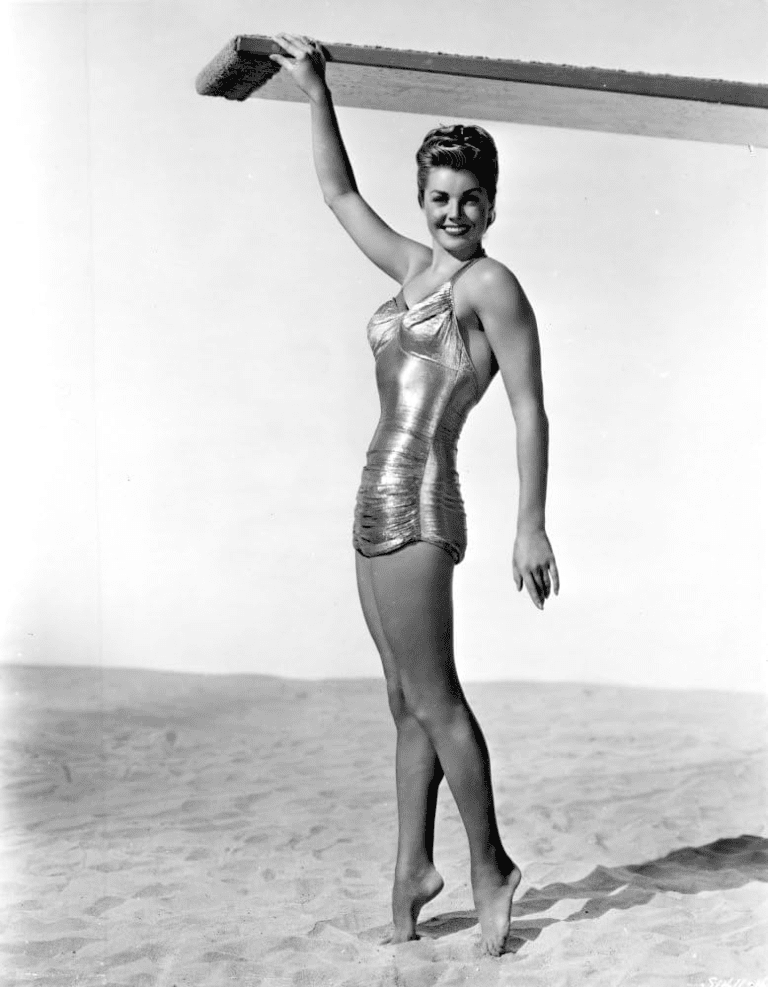
Throughout the 1940s and early 1950s, Esther Williams turned water into art. Films like Ziegfeld Follies (1945), Neptune’s Daughter (1949), and the unforgettable Million Dollar Mermaid (1952) combined Hollywood glamour with breathtaking aquatic choreography.
In Million Dollar Mermaid, she performed a famous 50-foot platform dive—an act of sheer courage that became a signature of her fearless style. Long before digital effects, Esther and her creative team built specially designed pools, experimented with underwater cameras, and produced sequences that looked like living paintings. Every splash and somersault became part of a visual symphony, proving that real athletic skill could create movie magic.
Cinematic Highlights and Star Collaborations
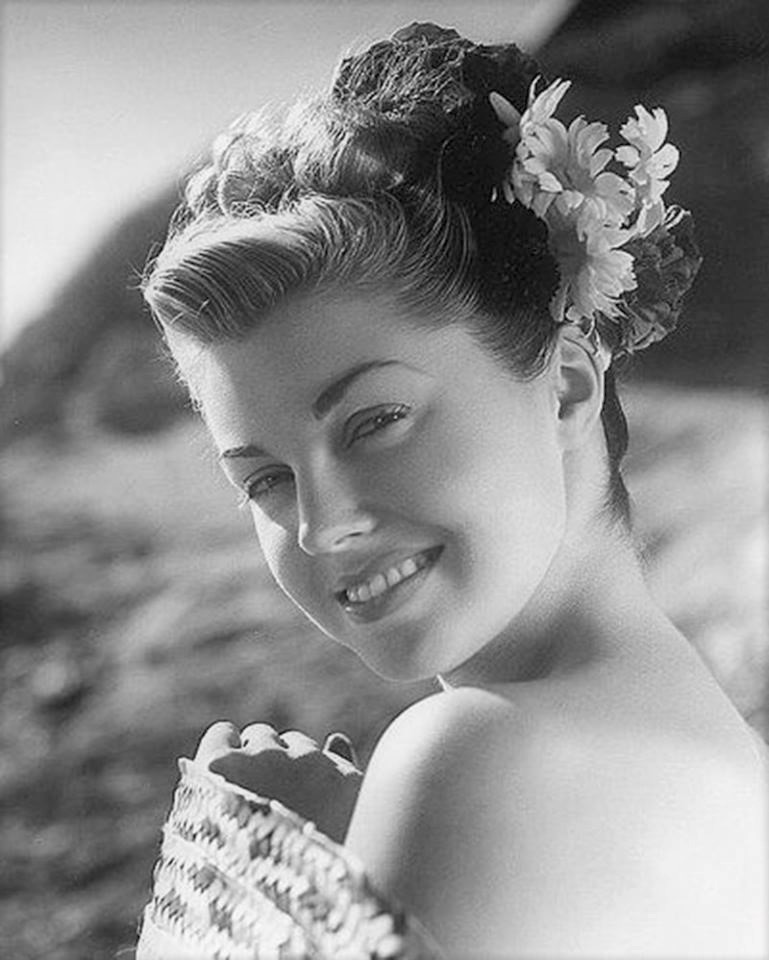
Working with Hollywood legends such as Gene Kelly, Frank Sinatra, and Red Skelton, Esther showed her versatility. In Take Me Out to the Ball Game (1949), she matched Kelly and Sinatra’s charisma step for step. Dangerous When Wet (1953) even paired her with the animated duo Tom and Jerry, a playful blend of live action and cartoon.
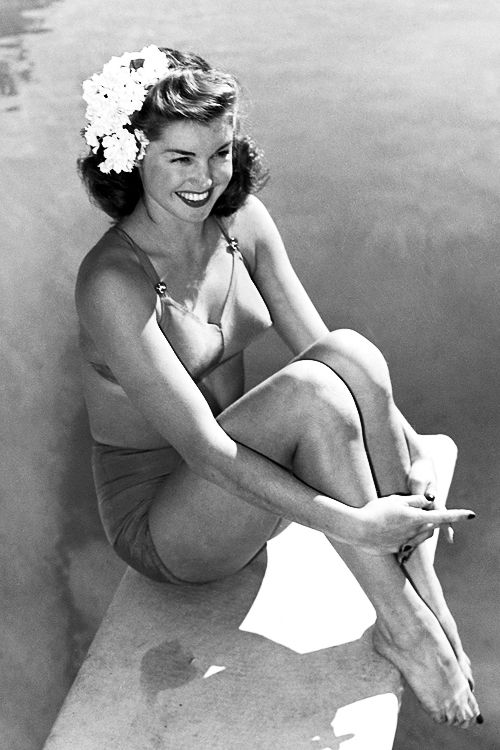
Other hits like On an Island with You (1948), Easy to Love (1953), and Jupiter’s Darling (1955) showcased her ability to mix glamour with grit. Her demanding routines required hours in chilly pools and countless rehearsals, often leading to injuries. Yet she approached every challenge with professionalism, turning physical endurance into unforgettable entertainment.
Challenges and Reinvention
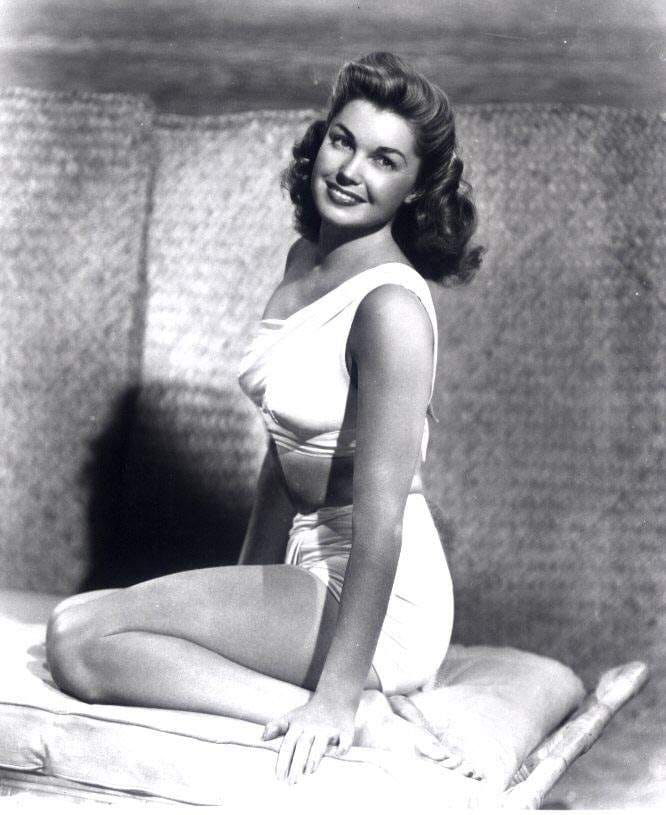
By the mid-1950s, audience tastes shifted and the popularity of aquamusicals began to fade. Esther faced studio politics, injuries from stunts, and changing industry trends. But she refused to let her career sink. She pivoted gracefully—appearing on television, writing her bestselling memoir The Million Dollar Mermaid, and launching a successful line of swimwear and backyard pools.
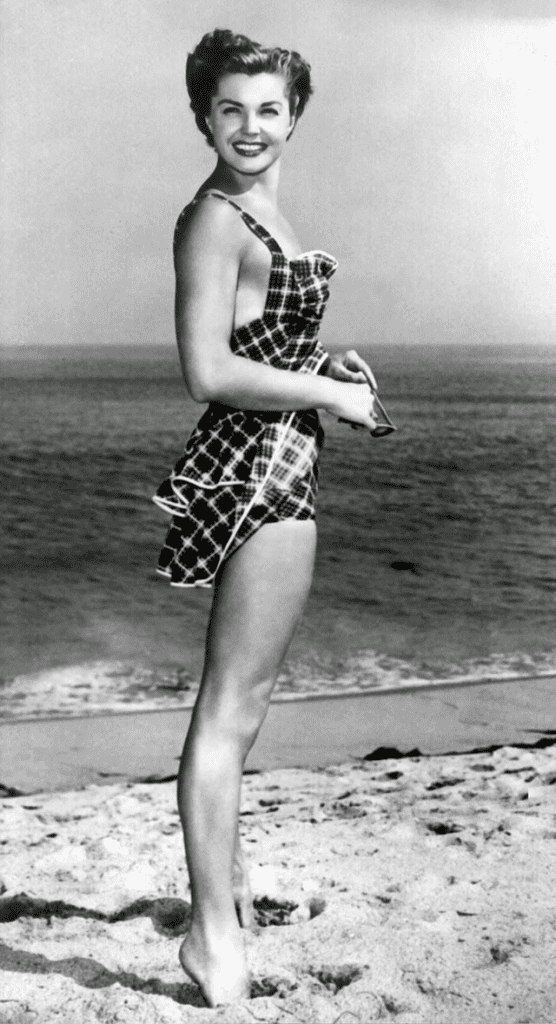
Her swimsuits combined fashion and function, reflecting the same blend of elegance and practicality that defined her films. She also championed water safety and inspired generations to dive in with confidence. Her entrepreneurial spirit proved she was more than a movie star; she was a savvy businesswoman and advocate for fitness.
Life Beyond the Spotlight
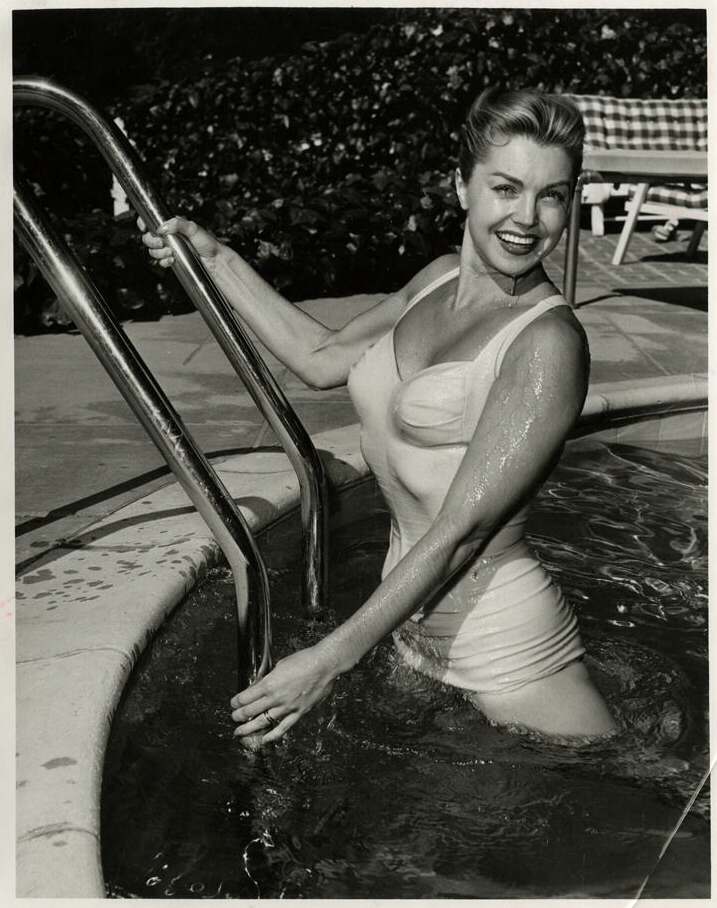
Off-screen, Esther’s life included both triumph and heartache. She married three times and raised three children, balancing family life with the demands of fame. Her third marriage to actor Fernando Lamas, which lasted until his death in 1982, brought her both partnership and creative collaboration.
Video : Esther Williams-Give It To Me Baby
She often credited swimming for giving her the discipline to navigate Hollywood’s turbulence and the personal losses life inevitably brings. Despite injuries and near-misses during her career, she met every challenge with humor and resilience, earning admiration from colleagues and fans alike.
A Lasting Influence on Sport and Style
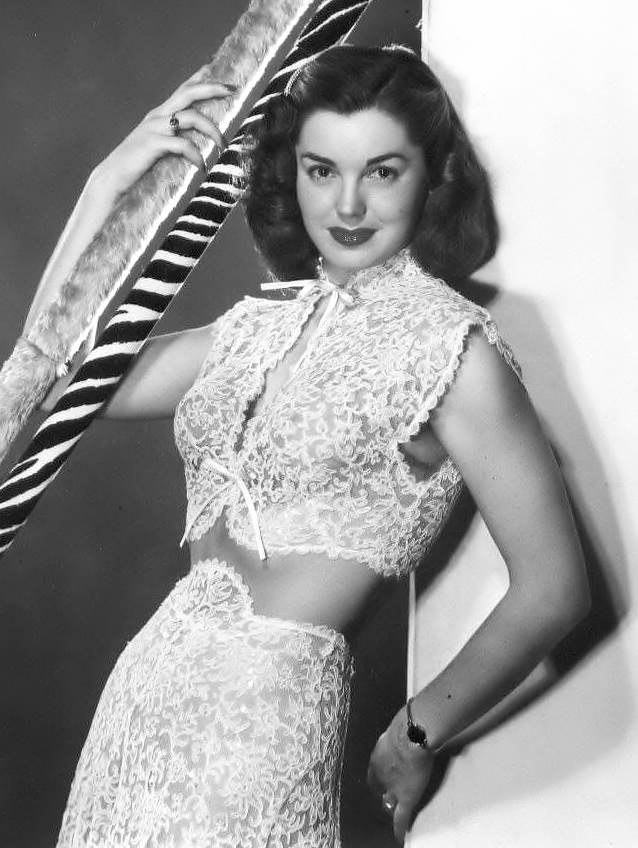
Esther Williams didn’t just entertain; she changed the way the world viewed swimming and fitness. Her swimwear designs married fashion with practicality, inspiring athletes and beachgoers alike. She helped popularize synchronized swimming and paved the way for it to become an Olympic sport.
Her films continue to influence choreographers, filmmakers, and athletes who look to her routines as benchmarks of precision and beauty. Even in an age of CGI, her real-world artistry reminds us of the magic of human skill and the power of physical storytelling.
Legacy That Still Makes Waves
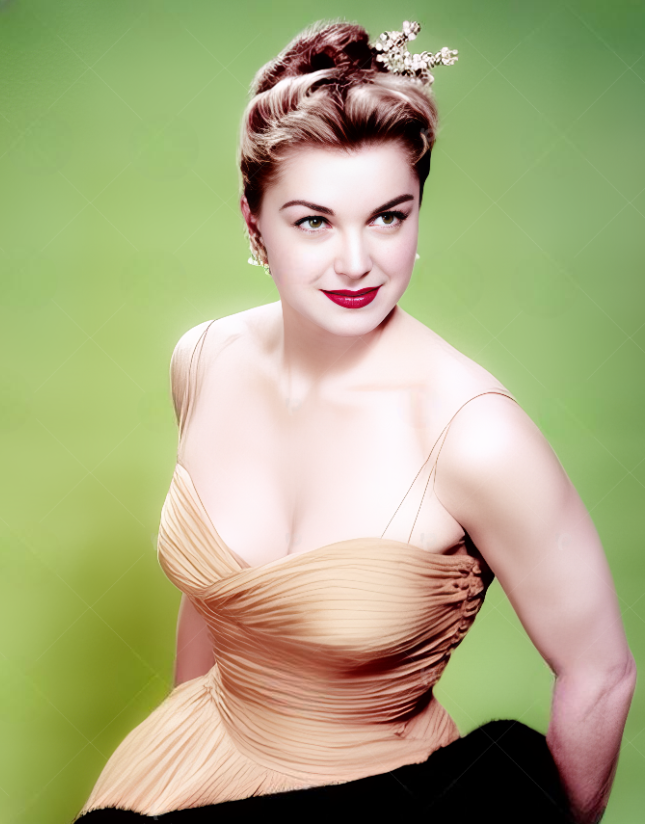
Esther Williams passed away on June 6, 2013, at the age of 91, but her legacy remains vibrant. Classic films and documentaries continue to celebrate her pioneering career. Social media tributes and vintage film festivals keep her memory alive, introducing her work to new generations.
In 2025, her influence is still visible in synchronized swimming, retro Hollywood musicals, and swim fashion. Young performers cite her as an inspiration, and her groundbreaking choreography is studied for its innovation and elegance. Esther’s unique blend of athleticism and artistry set a standard that continues to guide both sports and cinema.
Conclusion: The Mermaid’s Enduring Magic
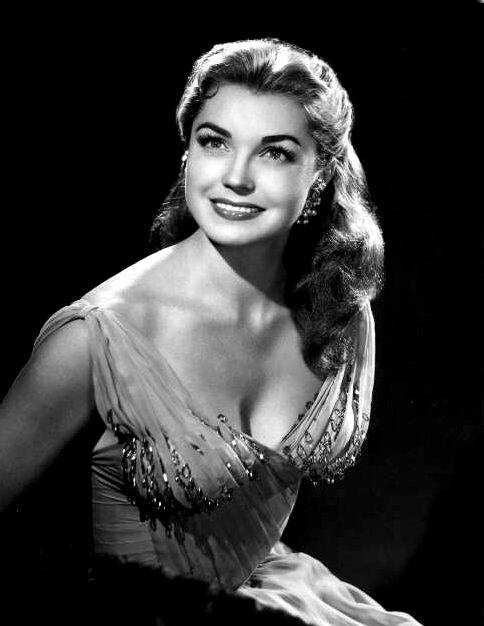
Esther Williams proved that talent and determination can transform setbacks into triumphs. From a young swimmer with Olympic dreams to the glamorous “Mermaid of MGM,” she blended athletic prowess and cinematic artistry to create a genre that remains unmatched. Her dives weren’t just stunts—they were stories in motion, turning pools into stages and inspiring generations to chase their own daring dreams. Her life stands as a shining example that with courage and creativity, any arena—whether a pool or a film studio—can become a stage of wonder.
